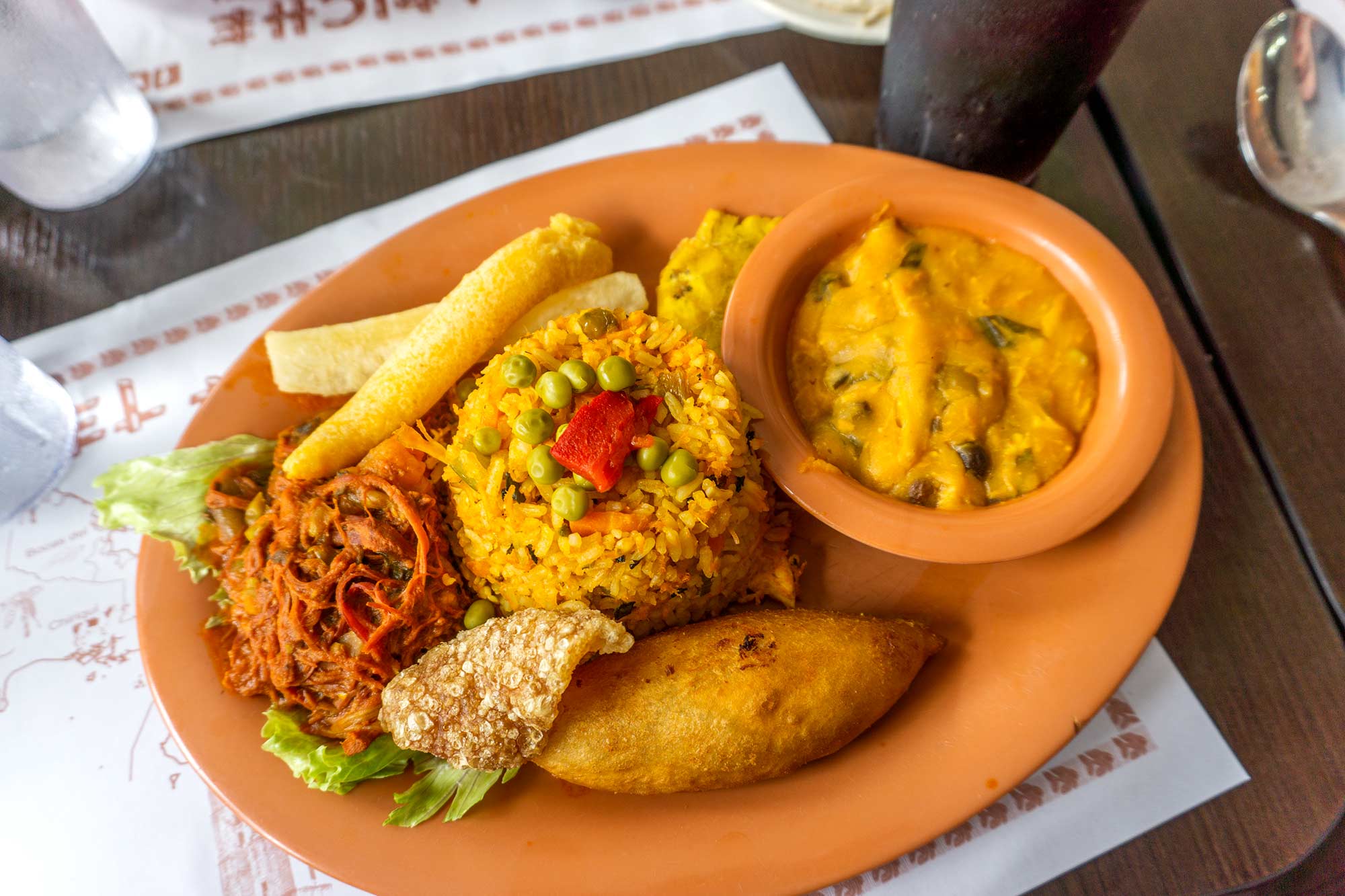Introduction: Understanding Indigenous Cultures in Panama
Panama is a country rich in cultural diversity, with a population of over 4 million people. Indigenous communities make up approximately 12% of the population, and their cultural practices have had a significant influence on the country’s cuisine. The indigenous cultures in Panama are diverse and include the Ngäbe, Kuna, Emberá, and Wounaan peoples, among others. Each of these cultures has unique traditions, beliefs, and practices that have influenced Panamanian street food in various ways.
The Roots of Panamanian Street Food and Indigenous Influence
Panamanian street food has a long history that dates back to pre-Columbian times when indigenous communities were already trading their food in local markets. The arrival of the Spanish in the 16th century introduced new ingredients and cooking techniques that blended with indigenous practices to create modern-day Panamanian cuisine. The indigenous cultures in Panama have contributed significantly to the development of street food by introducing unique flavors, ingredients, and cooking methods.
The Use of Local Ingredients in Indigenous Panamanian Cuisine
One of the most critical aspects of indigenous Panamanian cuisine is the use of local ingredients. Indigenous communities in Panama rely heavily on what is available in their environment, including fruits, vegetables, fish, and game meat. These ingredients are often used to create traditional dishes such as sancocho, a hearty soup made with chicken, yucca, corn, and plantains. The use of local ingredients in street food has also become a trend, with vendors incorporating indigenous ingredients into their dishes to appeal to customers seeking authentic Panamanian flavors.
Traditional Indigenous Cooking Techniques and Street Food
Traditional cooking techniques, such as grilling, roasting, and steaming, are still prevalent in indigenous communities in Panama and have been incorporated into street food. For example, the Emberá people use large leaves to steam fish, while the Kuna people roast plantains over open flames. These techniques create unique flavors and textures that make Panamanian street food stand out from other cuisines.
Popular Panamanian Street Foods with Indigenous Roots
Some popular Panamanian street foods with indigenous roots include tamales, empanadas, and carimañolas. Tamales are made with corn dough, meat, and vegetables, wrapped in a banana leaf and steamed. Empanadas are turnovers filled with meat, cheese, or vegetables and fried until crispy. Carimañolas are similar to empanadas but are made with yucca dough and stuffed with ground meat and vegetables.
The Future of Panamanian Street Food and Indigenous Cultures
Panamanian street food has become increasingly popular in recent years, attracting both locals and tourists. The incorporation of indigenous ingredients and cooking techniques has made the cuisine stand out from other Latin American cuisines and has the potential to continue to grow in popularity. However, it’s essential to recognize and respect the contributions of the indigenous cultures that have shaped Panamanian street food. As the industry continues to grow, efforts should be made to ensure that the indigenous communities that have influenced Panamanian cuisine are recognized and supported.

